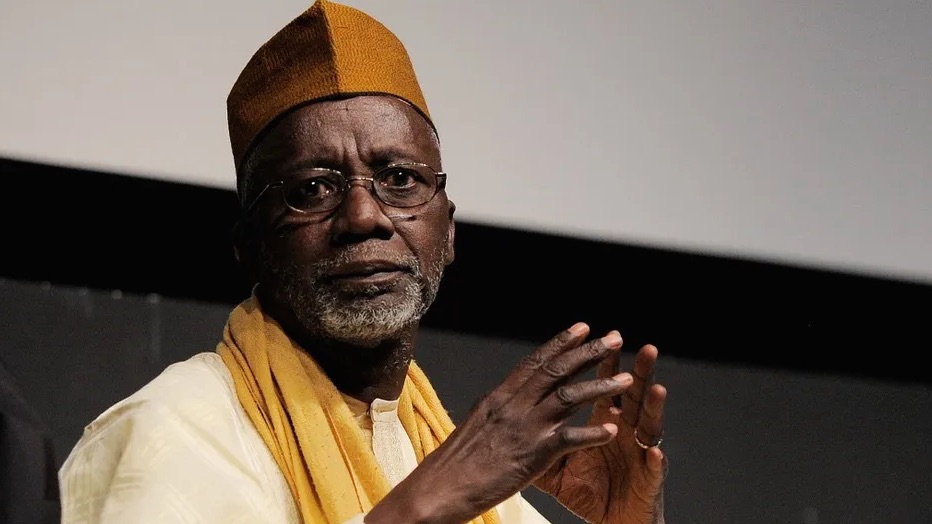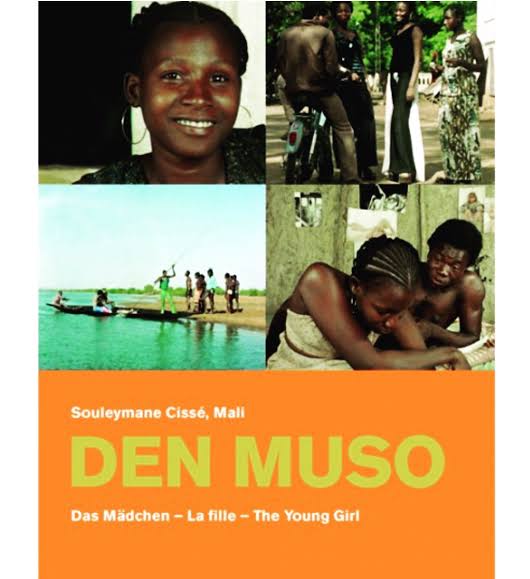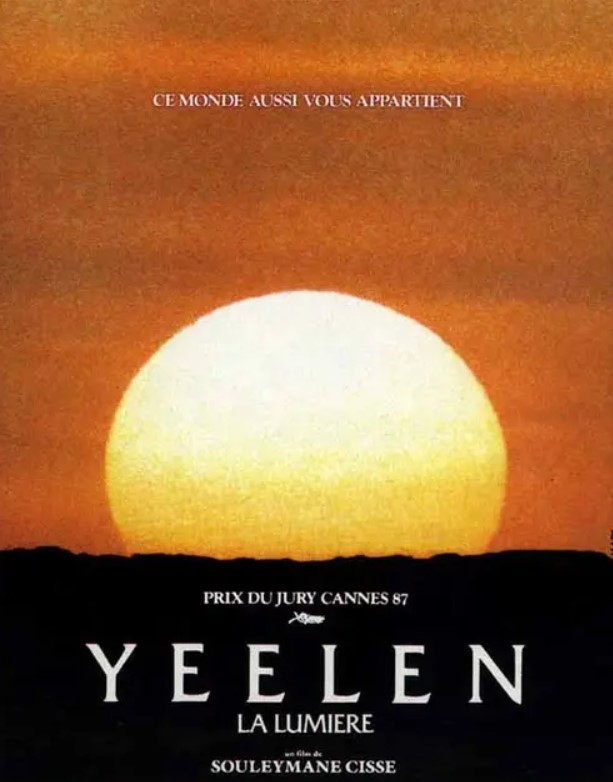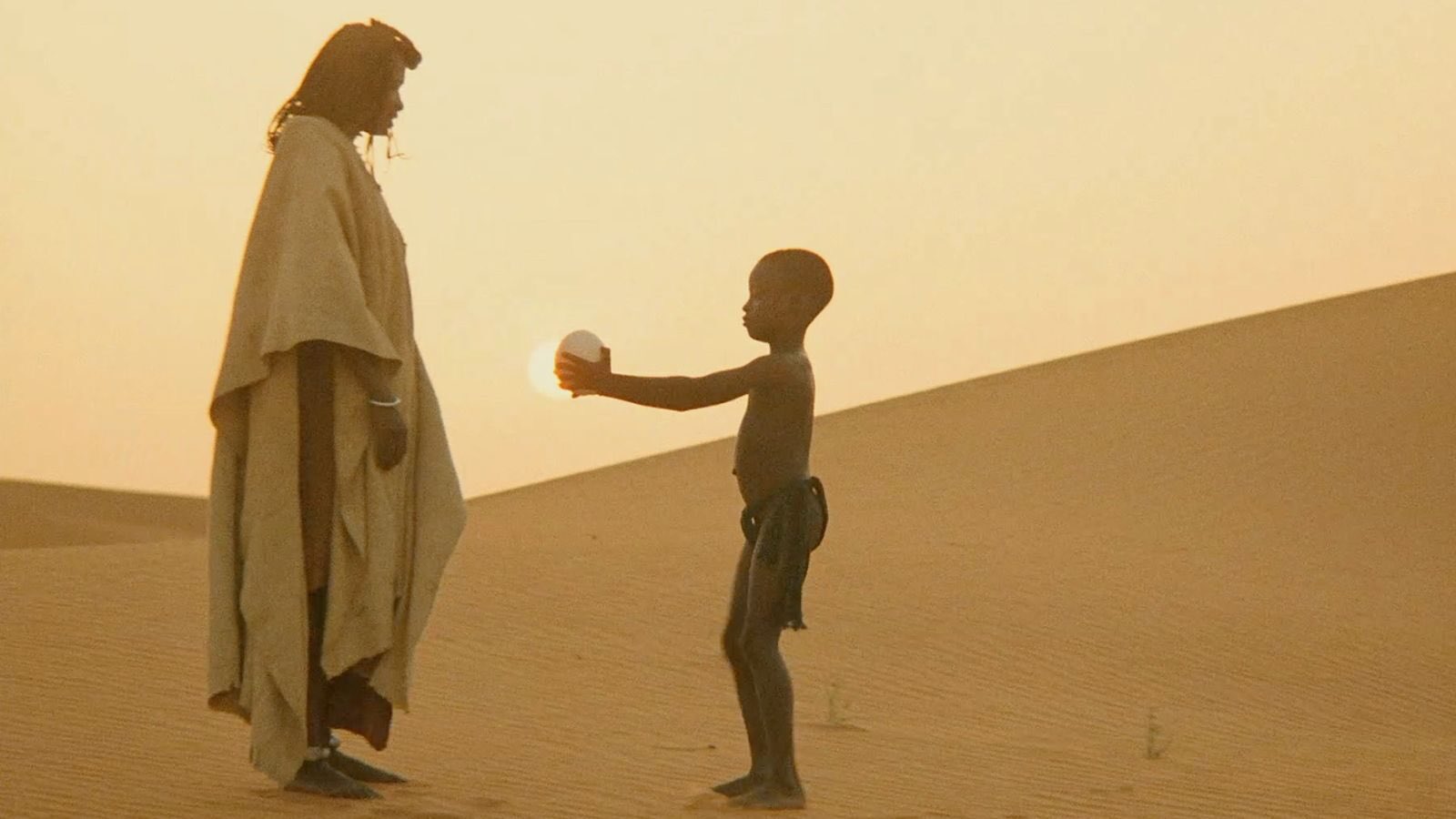Souleymane Cissé’s passing marks the end of an era, but his legacy lives on through his art, in the countless lives he touched, and the filmmakers he inspired.
By Joseph Jonathan
Souleymane Cissé once said that making films in Africa belonged to the realm of a miracle. This statement captures the immense challenges he and his peers faced in bringing African stories to the screen.
However, through his own remarkable body of work, he proved that even the most improbable dreams can become reality. With a career spanning decades, Cissé gave us films that not only reflected the complexities and beauty of African life but also transcended borders and spoke to universal human experiences.
His legacy is a testament to the power of perseverance, creativity, and unwavering commitment to telling the stories that need to be told.
On February 19, 2025, the African film community and indeed the world, mourned the loss of this trailblazing director, whose impact on African cinema will be felt for generations to come.
Prior to his passing on February 19, 2025, he had been billed to head the jury at this year’s FESPACO in Ouagadougou, Burkina Faso, a festival whose top prize he had won twice in his career.
Souleymane Cissé was born on April 21, 1940, in Bamako, Mali, during a time when the country was still under French colonial rule. Having been raised a Muslim in a Bambara-speaking household, his early life was shaped by the tensions between tradition and modernity, a theme that would later permeate his work.

As a young man, Cissé was drawn to the arts, but it wasn’t until he traveled to the Soviet Union to study at the Gerasimov Institute of Cinematography (VGIK) in Moscow that he found his true calling.
There, between 1963 and 1969, he was mentored by the celebrated Soviet filmmaker, Mark Donskoy, following in the footsteps of his idol, the renowned Senegalese filmmaker, Ousmane Sembène, as well as Sarah Maldoror, a trailblazing filmmaker who made history as the first woman to direct a feature film in Africa, and who had also studied under Donskoy’s guidance from 1962 to 1963.
Souleymane Cissé returned to Mali in the early 1970s, determined to tell African stories through the lens of African perspectives. His early works, like Cinq jours d’une vie (Five Days in a Life, 1972), were deeply rooted in the social and political realities of post-colonial Mali. However, it was his first feature film, Den Muso (The Girl, 1975), that announced his arrival as a bold and uncompromising voice.

The film, which tells the story of a young mute girl who becomes pregnant after being brutally raped and then abandoned by her own family, is a stark critique of societal injustices. This tragic narrative is a scathing indictment of the oppressive systems that perpetuate silence, shame, and suffering.
As a mute protagonist, she is literally voiceless, unable to express her pain, trauma, or desires. This silence serves as a potent metaphor for the systemic silencing of marginalised voices, particularly those of women, in patriarchal societies. Through Den Muso, Souleymane Cissé masterfully exposes the stark reality of societal norms, sparking a necessary conversation about power, oppression, and the urgent need for justice and reform.
Its ban by Malian authorities on the grounds that it was “socially destabilising” and Cissé’s subsequent imprisonment only emphasised the power of his art to provoke and challenge.
Despite having made two other films after Den Muso — Baara (1978) and Finye (1982) — it wasn’t until 1987 that Cissé gained international acclaim with Yeelen (Light). This was the film that cemented Souleymane Cissé’s legacy as a master storyteller.
Drawing on Bambara mythology, the film follows the journey of Nianankoro, a young man who must confront his sorcerer father, Soma, in order to claim his destiny. Yeelen is a visually stunning meditation on knowledge, power, and the cyclical nature of life as Cissè traces the circle of time and shows us that the origin and the end are one and the same.

As Nianankoro confronts his father, the film reveals the inevitability of fate and the interconnectedness of all things. The struggle between Nianankoro and Soma serves as a metaphor for the eternal cycle of life, where sons become fathers, and fathers become sons, each bound by the same patterns of power, knowledge, and responsibility. Through Yeelen, Souleymane Cissé shows us that true understanding can only be achieved by embracing the timeless wisdom of the past.
Yeelen’s poetic imagery and symbolic storytelling captivated audiences and critics alike, earning it the Jury Prize at Cannes Film Festival in 1987, becoming the first African film to win the prize in the festival’s history. For me, Yeelen is more than a film; it is an awakening. It showed me that cinema could be a bridge between the past and the present, the personal and the universal.
What set Cissé apart was his ability to infuse his films with a deep sense of humanity. Whether he was exploring the struggles of marginalised communities or exploring the complexities of cultural identity, his work was always rooted in empathy and respect for his characters. This approach allowed Cisséʼs films to convey powerful social commentary without hardly ever resorting to didacticism. As such, the art of his films were in showing rather than telling, presenting complex issues with nuance and subtlety, and leaving judgment to his audience.
Souleymane Cissé’s films were not just entertainment, they were acts of resistance. At a time when African voices were often marginalised, he used his art to assert the dignity and complexity of African lives. This commitment to challenging dominant narratives was not limited to his films.
In a 1997 interview with film critic and scholar, Nwachukwu Frank Ukadike, Cissé expressed his desire to shift the gaze of Western scholars, saying, “I am not going to justify myself in the eyes of American university scholars. But I would like for them to come to Mali so we can see together and discuss together, and so that they may touch reality with their own fingers”.
This statement encapsulates Souleymane Cissé’s resistance to the notion that Western perspectives are the only valid ones as he emphasises the need for Westerners to go out and touch grass while advocating for a more nuanced understanding of African experiences.
Souleymane Cissé’s passing marks the end of an era, but his legacy lives on through his art, in the countless lives he touched and the filmmakers he inspired. He was more than a director; he was a visionary who showed us the power of storytelling to illuminate the human experience. His films were not just windows into African culture, they were mirrors reflecting the universal truths that bind us all.
As I reflect on Souleymane Cissé’s life and work, I’m reminded of that scene in Yeelen where Nianankoro confronts his father. It’s a moment of reckoning, a clash of the past and future, tradition and change.

In many ways, it encapsulates Cissé’s own journey as a man who dared to challenge the status quo, to push the boundaries of what cinema could be, and to light the way for others to follow. He gave us stories that made us laugh, cry, and think. He gave us a legacy that will endure for generations and his light will continue to shine.
Journey well, Souleymane Cissé. Thank you for the stories, the wisdom, and the light. Rest in power, maestro.
Joseph Jonathan is a historian who seeks to understand how film shapes our cultural identity as a people. He believes that history is more about the future than the past. When he’s not writing about film, you can catch him listening to music or discussing politics. He tweets @JosieJp3.




